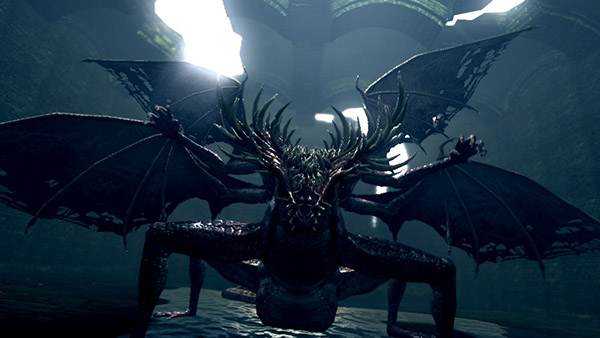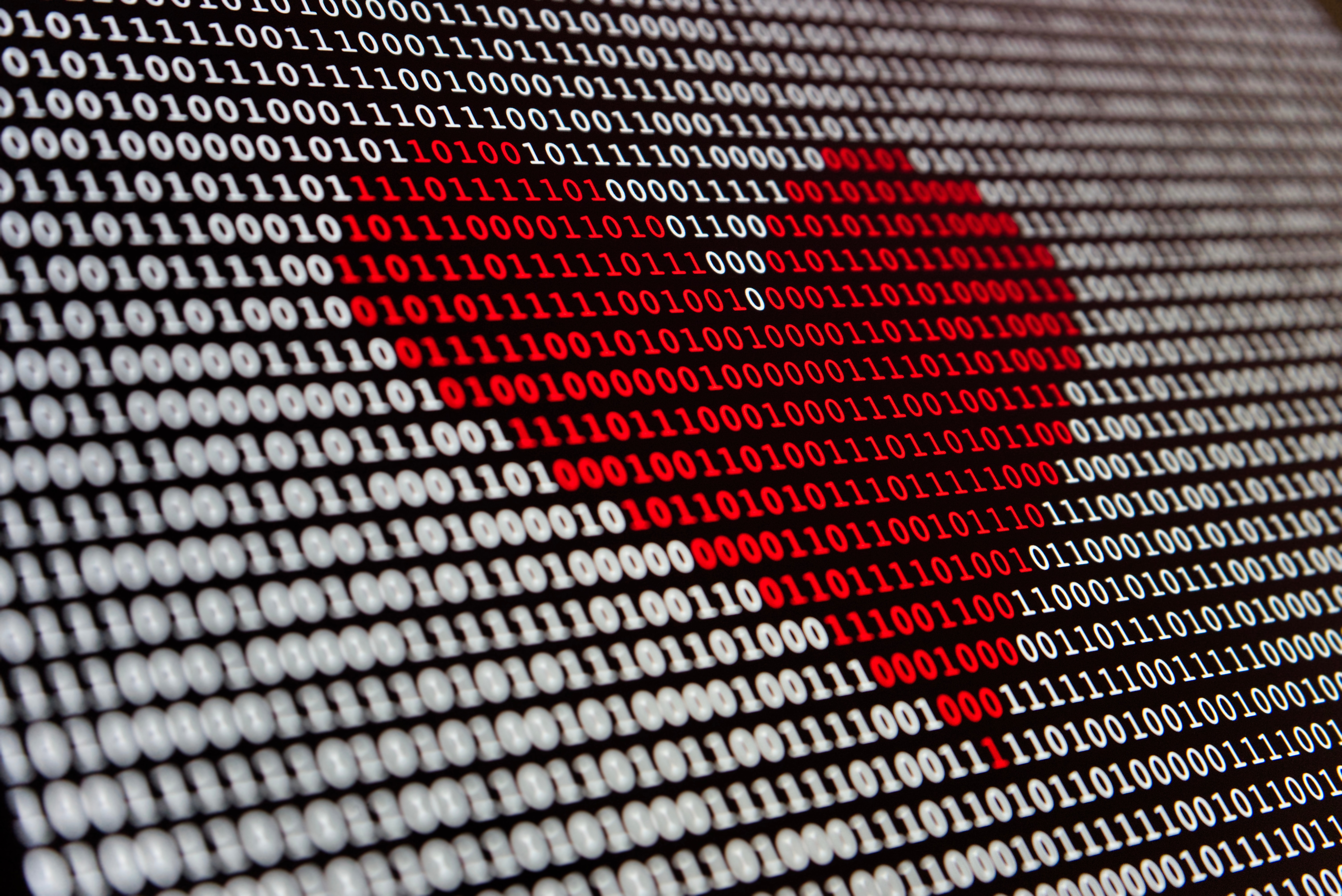This is the second and last instalment of the epic blog post series Dominoes in the sky! I am using here the same references as in the first part, plus this video report (CNBC, 2023, 18:39).
Starlink is Elon Musk’s multi-billion dollar megaproject that will provide, among other things, high-speed internet coverage across most of the Earth’s surface. To achieve this, more than 42,000 satellites will be deployed in LEO (low Earth orbit), which, as we have seen, could lead to an increasing number of collisions with orbital debris.
The applications of such a project are obvious: connecting the remotest parts of the world to the internet, providing a robust communication link in the event of a natural disaster or in a war zone, aiding navigation for airlines or maritime companies, and allowing you and me to stay in touch on a canoe trip deep in the Canadian wilderness with just a smartphone.

Speaking of wars…
The astronomical sums of money involved and the sheer scale of such an infrastructure mean that Starlink is bound to have an impact on global geopolitics. An Ukrainian military official has accused Elon Musk of making life easier for Vladimir Putin on Ukrainian territory. SpaceX claimed that it would provide communication links to recognised international organisations currently operating in the Gaza Strip, but Elon Musk also mentioned last October that no connection had yet been made on Starlink from the Gazan territory. It is obviously impossible to resolve these geopolitical issues here, but nagging questions about democracy remain: How is it that a private multinational, in a monopoly or near-monopoly position, can make decisions that affect global geopolitics without any debate or democratic process taking place? When and where could I vote for or against Elon Musk?
Astronomers are worried
The constellation of tens of thousands of Starlink satellites in LEO will have a detrimental effect on astronomical observations, optical or radio, made from the ground, anywhere in the world. These satellites in the night sky partially reflect the sun’s light and interfere with the interpretation of the images. Astronomers need to know, in real time, the exact position of each of them in order to make the necessary corrections. Observations from the Hubble telescope are also affected.
But astronomers are not done yet. The geopolitical importance of an infrastructure like Starlink is an incentive for several countries to develop their own systems… China is developing its own satellite network. Taiwan, which trusts neither Elon Musk nor mainland China, wants to do the same. The European Union is investing billions of euros in a system that will reach maturity in 2027. SpaceX competitors, such as Amazon, Eutelsat OneWeb and Telesat, also want their satellite constellations. We are now talking about hundreds of thousands of small satellites in the LEO zone!
One day, sooner or later, when faced with a new technology, we will have to stop asking the question Is it possible? and start asking Is it absolutely necessary?




Recent Comments